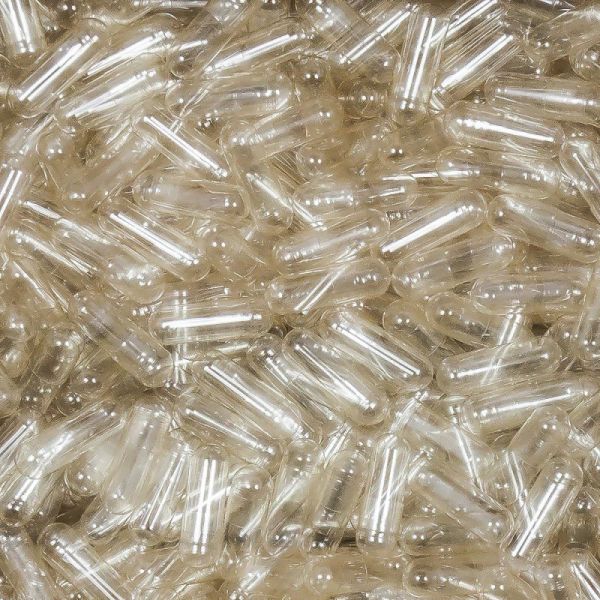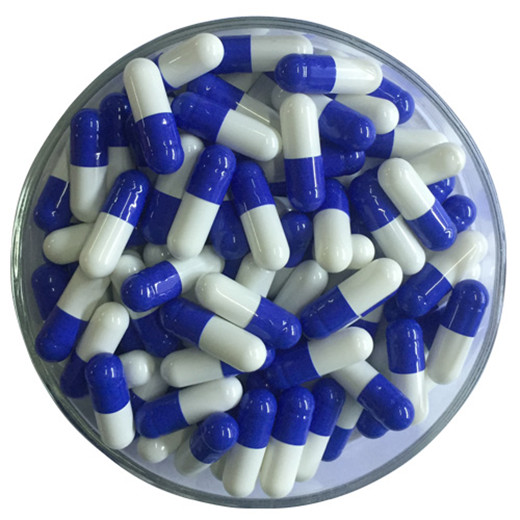
ZIT WITH CLEAR GELATIN SKIN
Keratosis pilaris: A condition of the skin that causes small, rough bumps.Rosacea: A skin condition that results in redness or rashes on the face.Find out more about polycystic ovary syndrome. A person with PCOS may experience many hormonal symptoms, including acne. Polycystic ovary syndrome (PCOS): A condition that affects the ovaries.surgical drainage and extraction to remove large cystsĪccording to the American Academy of Dermatology Association (AAD), health conditions that can cause or look similar to acne include:.photodynamic therapy to combat bacteria.systematic retinoids, such as isotretinoin.oral contraceptives for hormonal-related acne.antibiotics, such as doxycycline, and amoxicillin.These lesions require care from a doctor or dermatologist.Ī doctor may recommend a combination of medications and procedures to treat nodules and cysts. People cannot usually treat severe inflammatory blemishes at home. If not treated properly cysts can lead to visible scarring. In severe cases, a person may require surgical intervention to treat them. Unlike nodules, these cysts fill with pus and are typically soft to the touch.Ĭysts are the most severe type of acne blemish. CystsĬysts are very large, painful, red or white lumps situated deep in the skin. As a result, nodular acne may be more severe than its physical presentation suggests. This type of acne lesion develops when clogged pores become infected, and swell beneath the skin’s surface. Nodules are a severe form of acne blemish and can cause skin complications such as dark spots or scarring. Like papules, nodules have no visible head. Nodules are hard, inflamed lumps located deep within the skin. Studies show that superficial chemical face peels may also be an effective method of managing inflammatory acne lesions. using products with salicylic acid to remove dead skin cells and other debrisĪ doctor can prescribe other treatments including topical dapsone and antibiotics.using products with benzoyl peroxide to combat bacteria.washing the affected area with cool water and soap twice a day.Several home remedies and OTC medications can treat papules and pustules. Pustules typically look like much larger and more inflamed whiteheads. The pus in the pustule is typically a combination of immune cells and bacterial cells collected in the blocked pore. The area around a pustule appears red or pink on light skin and a deep brown or black on darker skin. Pustules are larger, tender bumps with a defined circular center filled with whitish or yellowish pus. Unlike whiteheads, papules have no visible center, and unlike blackheads, the pores of a papule are not widened. Typically the skin around a papule is also inflamed. Papules themselves will appear solid, tender, and raised. Papules are bumps under the skin’s surface that are less than 1 centimeter (cm) in diameter. Inflammatory acne can vary from small bumps that respond to topical treatments to large cysts that may require surgical attention. Inflammatory acne is more severe than its noninflammatory counterpart and can lead to complications such as scarring and pitting. Doing so can lead to complications such as scarring and the formation of cysts and nodules.Ī person with a more severe case of acne may experience inflamed blemishes across their face, chest, and back. Learn more about the best sunscreen for sensitive and acne-prone skin.Ī person with acne should not irritate or pop their blemishes. avoiding over-washing or irritating the skin.washing with lukewarm water and soap twice daily.Several home remedies and lifestyle changes also can help reduce most minor-to-mild forms of noninflammatory acne. The following ingredients in OTC treatments can help break down whiteheads and blackheads: They often contain a mix of active ingredients.

Many over-the-counter (OTC) rinses, moisturizers, gels, toners, and creams can treat noninflammatory acne blemishes. When the contents of a whitehead are exposed to air, they darken. Blackheads are simply whiteheads that have opened and widened.

This coloration is not a result of trapped dirt. The skin around a blackhead usually appears normal, while the center of the blackhead is darker than the surrounding area. Blackheadsīlackheads, or open comedones, are small, dark-colored spots that may appear as slightly raised bumps. The skin around a whitehead may appear tight or wrinkled, especially when the whitehead is large or especially raised.

Whiteheads typically do not cause scarring. On darker skin, the surrounding area may appear dark or purple-hued. On lighter skin, they usually have a white, circular center surrounded by a red halo. These are small or flesh-colored spots or bumps. The medical term for whiteheads is closed comedones.

They are typically the least severe forms of acne and do not cause swelling or discomfort. Whiteheads and blackheads are types of noninflammatory acne lesions.


 0 kommentar(er)
0 kommentar(er)
